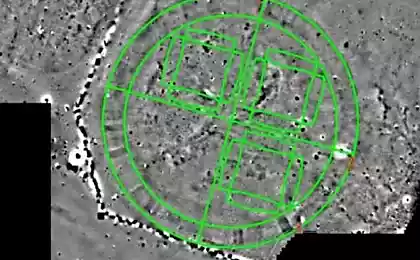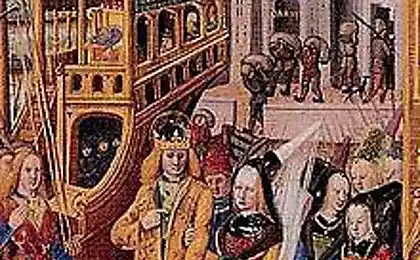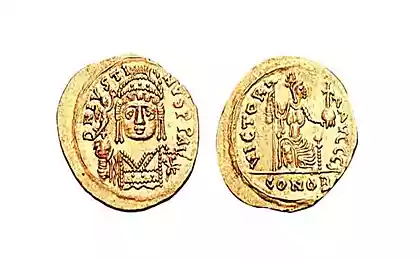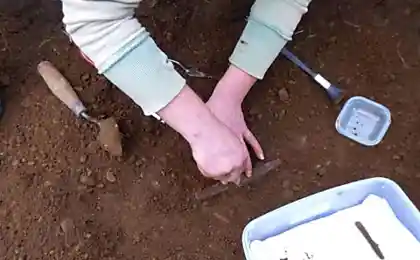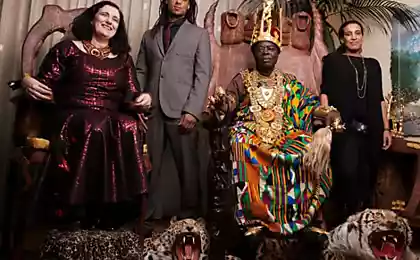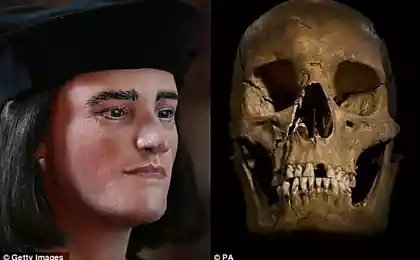240
Skeleton found in Scotland may have belonged to Viking king

Archaeologists speculate that the bones of an adult Norman, discovered in 2005, may be the remains of Olaf Gutfriedsson, the king of the Viking States in Dublin and in Jorwick (modern York).
The skeleton, which was discovered during excavations in East Lothian (a region in Scotland), could belong to Olaf Gutfriedsson, the king of the Viking States in Dublin and Jorwick (modern York), or a man from his entourage.
In the burial of an adult man, found in 2005, was a large number of objects indicating his high social status. Judging by the findings, the buried had something to do with the royal house of the Scandinavian-Irish dynasty Ui Imar, which from about 917 to the middle of the X century controlled the entire coast of the Irish Sea.
Olaf Gutfriesson ravaged the vicinity of Oldem and Tamworth (East Lothian) shortly before his death in 941. The fact that the burial is located in the same region, the high social status of the buried and his age, led archaeologists and historians to assume that they were able to find the remains of the king or his entourage.
Since researchers do not know the living descendants of Olaf Gutfriedsson, DNA analysis will not help to identify the buried person. Archaeologists can only rely on circumstantial evidence, and the identification of Olaf Gutfritsson's remains remains remains remains remains in question. Materials of the burial and assumptions about the identity of the buried will be published in a separate book next year.
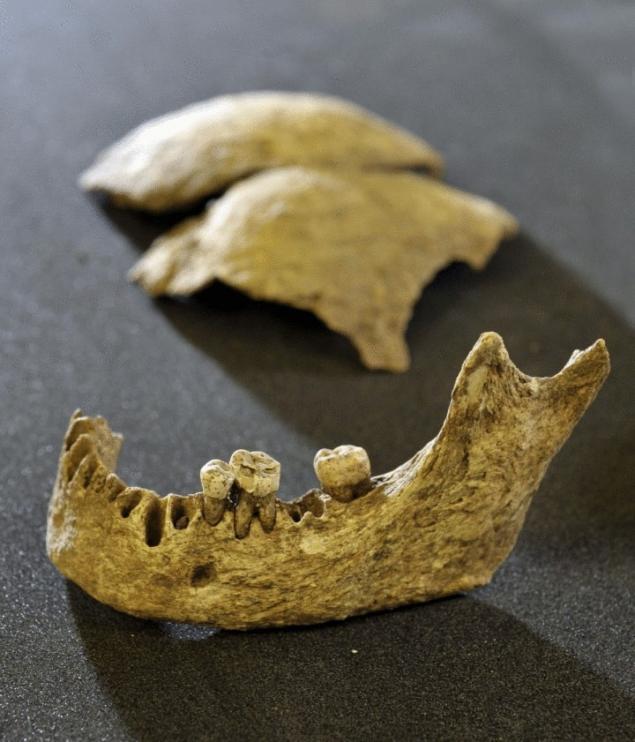
Olaf Gutfritsson was the son of King of Dublin and Jorvik Gutfrit I. The latter was expelled from York in 927 by the Anglo-Saxon King Æthelstan. In 934, Gatfrit I died and Olaf Gutfritsson became King of Dublin. In 937, he married the daughter of Constantine II, King of Scotland. The result of this marriage is an alliance against Ethelstan. Gutfriesson and his father-in-law Constantine II are joined in this alliance by Eogan I, King of Straclyde.
The troops of the three kings, consisting of Vikings, Scots and Welsh, took York and moved south. In 937, the Allied forces met at Brananburg with an Anglo-Saxon army led by King Ethelstan and his brother Edmund. The battle was bloody, killing 5 Scottish "kings" (local rulers), 7 Scandinavian jarls (the highest title of the Normans), two cousins of King Æthelstan and an Anglo-Saxon bishop. The troops of the Scandinavians, Scots and Welsh were mostly on foot, while the Anglo-Saxons actively used cavalry. This decided the outcome of the battle – the army of Olaf Gutfrinsson, Constantine II and Eohan I were completely defeated. Olaf and a small squad were able to escape across the sea to Ireland.
In 939, after the death of Æthelstan, Olaf Gutfrinsson again invades northern England. His troops take York, unsuccessfully besiege Northampton and plunder the vicinity of Tamworth. Near Leicester, Olaf's troops meet with the army of Edmund I, King of England (brother of Æthelstan, participant in the Battle of Brananburg). However, through the mediation of the Archbishops of Canterbury and York, the kings succeeded in making peace. Under the treaty, Olaf was granted lands north of Mercia. In 941, as already noted, the Viking king again plundered the neighborhood of Tiningham and died shortly thereafter.
The identification of the remains of kings is a trend in modern British archaeology. In the fall of 2012, the remains of an adult man were found in a car park in Leicester. In 2013, archaeologists and historians announced that the remains belonged to King Richard III (1452–1485), the last representative of the York dynasty, who ruled at the end of the War of the Roses.
The burial was dated by radiocarbon. From the “Leicester” remains, DNA was extracted and compared with the DNA of the descendants of Richard III’s sister, Anne. The discovery caused a great public and scientific resonance, it was called one of the main archaeological events of recent decades. There has even been a legal dispute over whether Richard III's remains should rest in Leicester or York. Some historians and archaeologists have questioned the identity of the remains. The remains may have belonged to a relative of the king.
In early 2014, a group of researchers from the University of Winchester said that the bones they discovered during excavations in Hyde Abbey may be the remains of the first king of England – Alfred the Great (840-899). However, no direct evidence was provided by archaeologists. They have circumstantial historical evidence that the king was reburied on the abbey grounds, radiocarbon analysis showed a date close to his death, the age of the skeleton is close to the age at which the king died. At the same time, the researchers note that the remains may have belonged to the sons of Alfred. However, the remains from Hyde are poorly preserved, and their DNA analysis cannot solve the problem, since the living descendants of Alfred the Great are unknown.
Based on materials from Historic Scotland.
Source: nkj.ru

